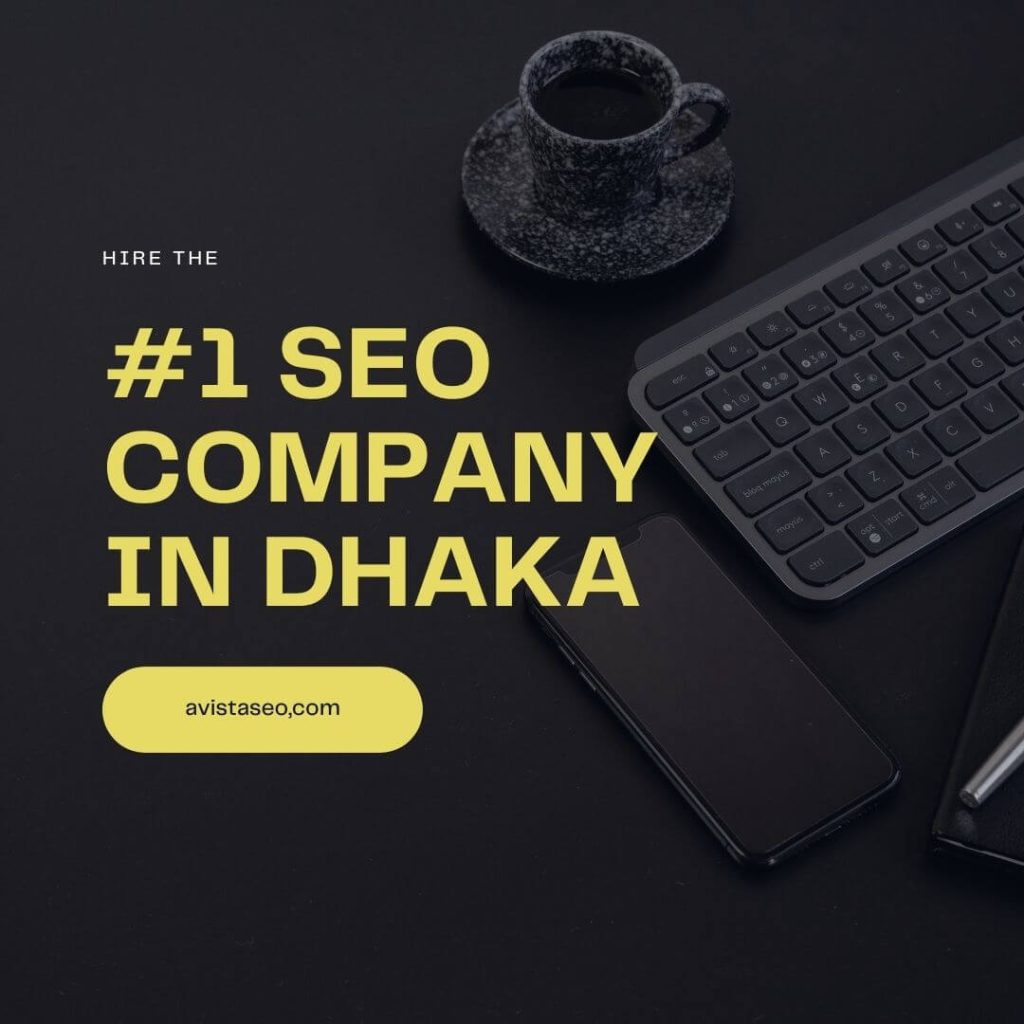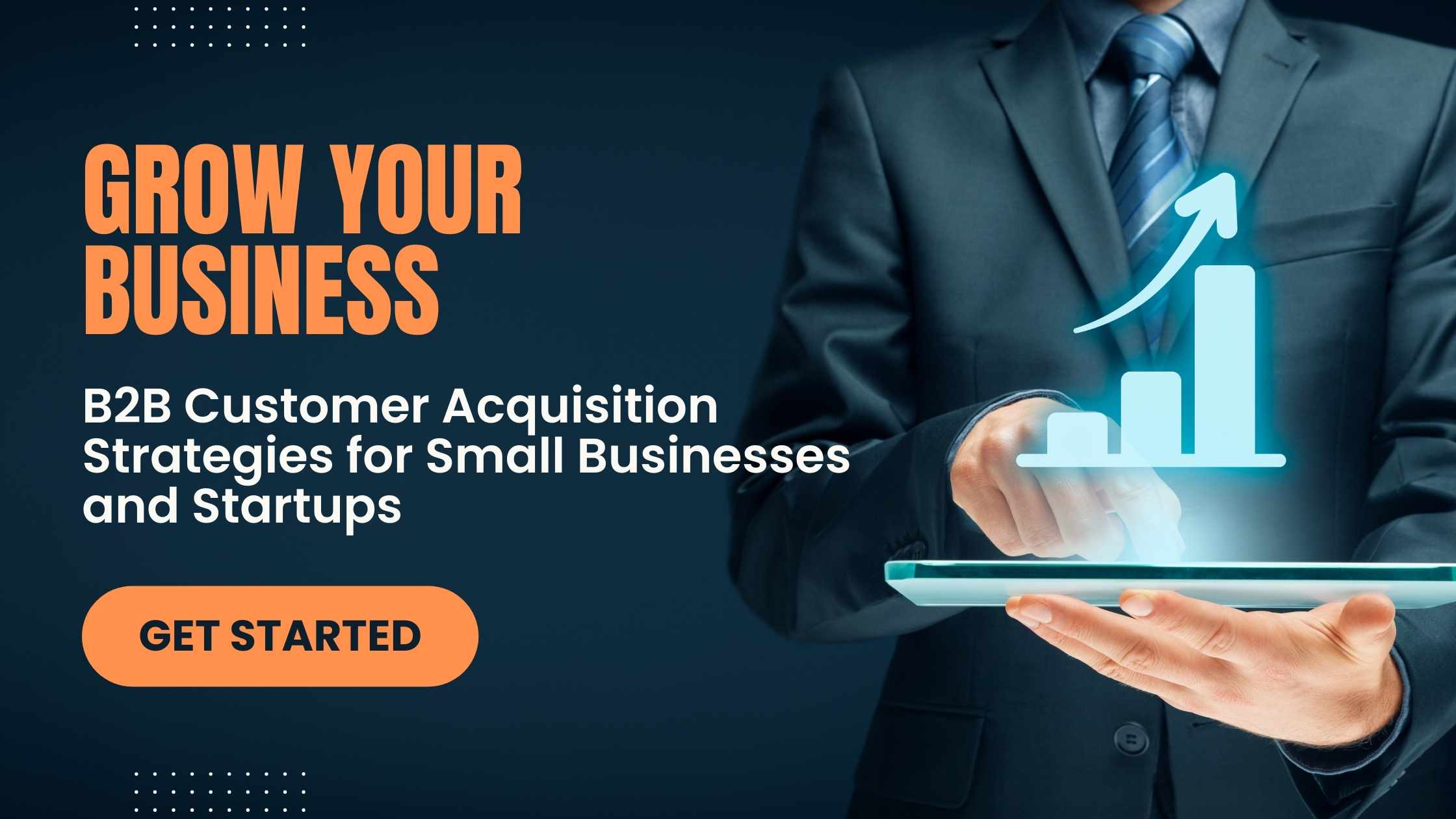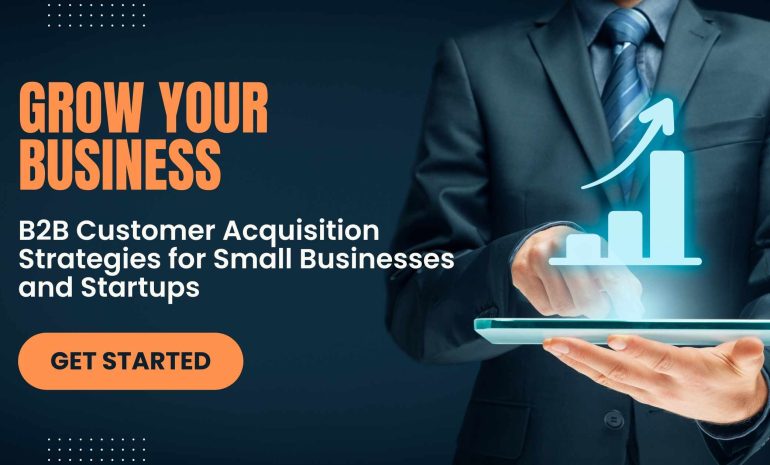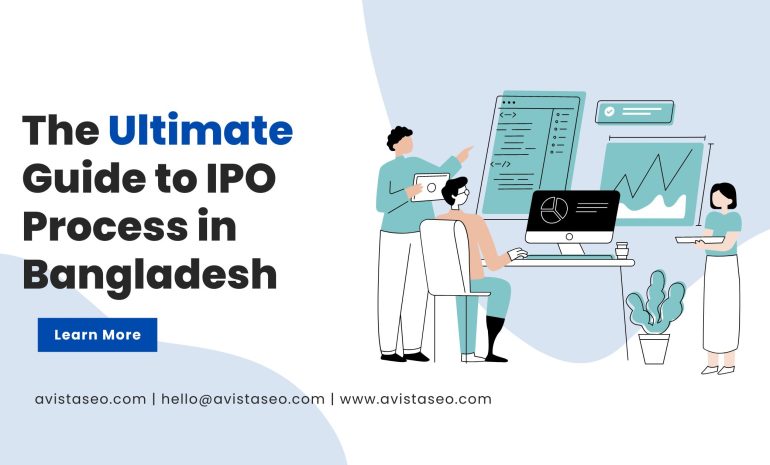B2B customer acquisition strategy
Acquiring new customers is the lifeblood of any business, but for B2B businesses, the challenges of reaching decision-makers and converting leads into loyal clients can be even more demanding. Whether you’re a small business, startup, or an established B2B brand, having a robust customer acquisition strategy is key to fueling growth and sustaining revenue. Here is the ultimate guide B2B customer acquisition strategy.
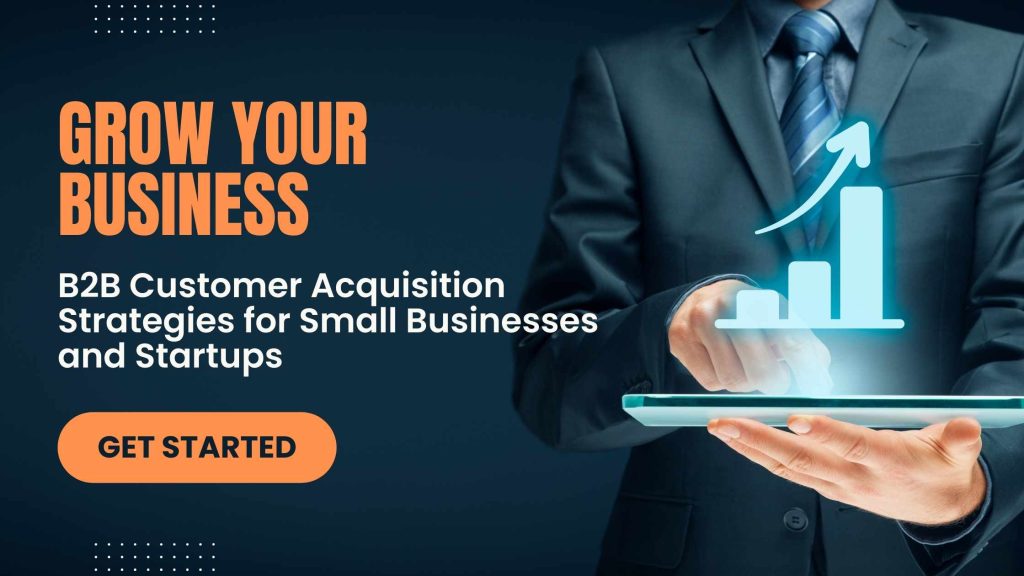
This blog explores essential B2B customer acquisition strategies, providing actionable insights to help you attract, engage, and retain valuable clients. By the end of this post, you’ll have a clear roadmap to strengthening your acquisition process and driving long-term success.
Table of Contents
Understanding the B2B Buyer Journey
To build an effective customer acquisition strategy, it’s important to understand the unique dynamics of the B2B buyer journey. Unlike B2C, where purchases often happen on impulse, B2B sales cycles are longer and involve multiple stakeholders.
Key Phases of the B2B Buyer Journey
- Awareness: The buyer identifies a problem or need.
- Consideration: They research potential solutions and evaluate options.
- Decision: Finalizing the solution and making a purchase.
Your strategy should be designed to guide potential clients seamlessly through each of these stages.
Key Elements of a Successful B2B Customer Acquisition Strategy
A winning acquisition strategy hinges on a few core elements:
- Understanding Your Ideal Customer Profile (ICP): Identify the industries, company sizes, and decision-makers that align with your product or service.
- Value Proposition: Communicate clearly how your solution solves a specific pain point and delivers ROI.
- Alignment of Sales and Marketing Teams: Ensure seamless collaboration to nurture prospects and close deals.
- Omnichannel Approach: Engage prospects across various platforms and touchpoints.
Top B2B Customer Acquisition Strategies
Now that we’ve laid the foundation, here are actionable strategies to enhance your customer acquisition efforts.
Content Marketing to Educate and Engage
Content marketing is one of the most cost-effective ways to provide value while attracting quality leads.
- Blogs and Articles: Address common industry challenges and provide actionable solutions.
- Whitepapers and E-Books: Offer in-depth analysis and insights to establish thought leadership.
- Webinars and Videos: Engage your audience with interactive content and share expertise.
Search Engine Optimization (SEO) for B2B Visibility
A strong SEO strategy puts your business in front of clients actively searching for solutions.
- Optimize your website with industry-relevant keywords like “B2B software for startups.”
- Create a business blog with high-value content targeting common queries.
- Focus on technical SEO to ensure your website is accessible and fast-loading.
Account-Based Marketing (ABM) for Targeted Outreach
ABM aligns marketing and sales efforts to focus on specific high-value accounts.
How to implement ABM:
- Identify key target accounts that match your ICP.
- Personalize your marketing campaigns for each account.
- Use LinkedIn Ads, direct mail, or email to tailor content for specific needs.
Leveraging Social Media Platforms for B2B Connections
Social media isn’t just for B2C—it’s an invaluable tool for building relationships with B2B clients.
- LinkedIn: Share industry updates and engage decision-makers through posts, comments, and ads.
- Twitter: Use hashtags to join relevant conversations and amplify brand visibility.
- YouTube: Showcase product demos and customer success stories.
Email Marketing for Personalized Communication
Email marketing remains a top channel for nurturing B2B prospects.
- Create segmented email campaigns to deliver relevant content.
- Share case studies, product updates, and industry news periodically.
- Don’t hesitate to follow up with prospects politely for further engagement.
Referral Programs to Leverage Existing Clients
Satisfied clients can become powerful advocates for your business.
- Offer incentives like discounts or exclusive perks for successful referrals.
- Encourage clients to leave reviews on platforms like G2 or Capterra.
Using Data and Analytics to Refine Acquisition Efforts
Analyze past campaigns to uncover insights that can improve future performance.
- Use tools like Google Analytics, HubSpot, or Mixpanel to measure website traffic and conversion rates.
- Monitor metrics such as cost per lead (CPL) or customer lifetime value (CLV).
- Refine campaigns based on data-driven insights.
The Role of CRM and Marketing Automation in B2B Acquisition
Invest in a CRM platform like Salesforce or HubSpot to manage leads efficiently.
- Automation tools can streamline repetitive tasks such as lead nurturing and follow-ups.
- Use CRM insights to personalize communications and close deals faster.
Common Challenges in B2B Customer Acquisition and How to Overcome Them
Challenge 1: Long Sales Cycle
Solution: Break the cycle into smaller milestones, offering value and addressing concerns at each stage.
Challenge 2: Standing Out in a Crowded Market
Solution: Refine your unique value proposition and focus on niche markets.
Challenge 3: Insufficient Leads
Solution: Expand lead generation efforts by experimenting with different channels and tactics, like hosting webinars or running targeted PPC campaigns.
Case Studies: Successful B2B Customer Acquisition Campaigns
Example 1
A SaaS startup leveraged ABM to target 30 high-value accounts, creating tailored video messages for each contact. This personalized approach led to a 40% increase in conversions.
Example 2
A marketing agency boosted lead generation by publishing a free e-book, resulting in a 75% increase in website subscriptions.
Measuring the ROI of Your B2B Acquisition Strategy
To track the success of your efforts, monitor these key metrics:
- Customer Acquisition Cost (CAC)
- Customer Lifetime Value (CLV)
- Lead-to-Customer Conversion Rate
- Marketing Qualified Leads (MQLs)
Use these insights to evaluate and adjust your strategy for sustainable growth.
Building a Framework for Long-Term Success
B2B customer acquisition isn’t a one-time effort—it’s an ongoing process. The right strategies, combined with constant learning and adaptation, can set your business up for lasting success.
Start by aligning your team on shared goals, investing in tools like CRM systems, and exploring new channels to reach your ideal clients. Remember, strategic customer acquisition helps not only in winning new clients but also in fostering long-term partnerships that drive mutual growth.
FAQs About B2B Customer Acquisition
Q1. What is the most effective B2B customer acquisition strategy?
The best strategy depends on your audience and business goals, but a combination of content marketing, ABM, and email marketing often yields excellent results.
Q2. How can small businesses compete with larger firms in B2B acquisition?
Focus on personalized communication, niche markets, and building strong relationships to differentiate yourself.
Q3. How can I lower my customer acquisition costs (CAC)?
Streamline your sales processes with automation tools and invest in inbound marketing to attract high-quality leads at a lower cost.
Avista Digital: The Best B2B Client Generator Expert Through SEO
Avista Digital leverages cutting-edge SEO strategies to position your business as a leader in its industry, driving consistent and high-quality B2B client generation. By optimizing your website for search engines, targeting relevant keywords, and creating valuable, engaging content, Avista ensures that your business attracts the right audience at the right time. Their expertise in technical SEO, robust link-building campaigns, and data-driven optimization techniques ensures measurable results and sustainable growth. For businesses looking to gain a competitive edge in the B2B space, Avista Digital is the go-to partner for elevating visibility and generating actionable leads through the power of SEO.
